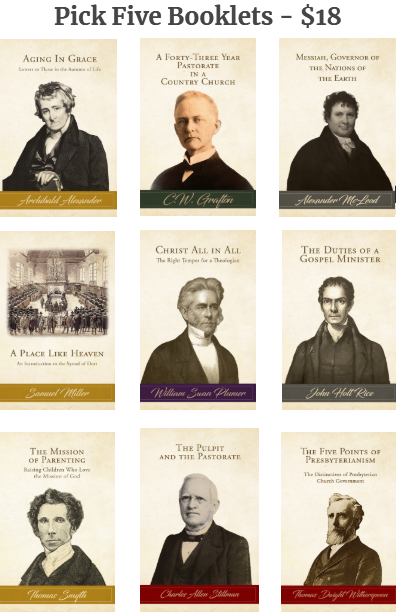Receive our blog posts in your email by filling out the form at the bottom of this page.
Carlos Martyn wrote of the Pilgrim Fathers and the sufferings they endured that first winter they spent on Cape Cod in 1620, and then speaks of the blessings that they enjoyed the next summer when their harvest abounded. “They that sow in tears shall reap in joy” (Ps. 126:5).
Fowl were so abundant in the autumn, that "four men in one day killed as much as, with a little help besides, served the community almost a week." "There was great store of wild turkeys, of which they took many, besides venison." The fowlers had been sent out by the governor, "that so they might, after a special manner, rejoice together, since they had gathered the fruit of their labors;" this was the origin and the first celebration of the national festival of New England, the autumnal THANKSGIVING. On that occasion of hilarity they "exercised their arms," and for three days "entertained and feasted" Massasoit and some ninety of his people, who made a contribution of five deer to the festivity. Health was restored; household fires were blazing brightly; and in good heart and hope the lonely but thankful settlers disposed themselves to meet the rigor of another winter (The Pilgrim Fathers of New England: A History (1867), pp. 132-133).
As Americans gather around the Thanksgiving table today, it is fitting to praise our God for the blessings he has bestowed on the church, our nation, our families and ourselves. We at Log College Press give thanks to God for his good hand upon us in so many ways. We are thankful for Greenville Presbyterian Theological Seminary, and its ministry. We are thankful for our readers and supporters. We are thankful for the work of those who have digitized so many good old books. We are thankful for the labors of those Presbyterian men and women who have gone before us. Matthew Poole (an English Presbyterian minister) once wrote: “Ministers are living Books, and Books are dead Ministers; and yet though dead, they speak. When you cannot hear the one, you may read the other.” In spirit, we give glory to God that technology has helped us to make Log College Press a resource that aims to contribute to the edification of Christ’s Church.
Theodore L. Cuyler gives this counsel:
Thanksgiving Day is a fitting time to inventory your mercies and blessings. Set all your family to the pitch of the one hundred and third Psalm; and hang on the wall over your Thanksgiving dinner these mottoes — 'A merry heart is a good medicine' — and 'He that is of a cheerful heart hath a continual feast.' (‘𝐴 𝑀𝑒𝑟𝑟𝑦 𝐻𝑒𝑎𝑟𝑡 𝐷𝑜𝑒𝑡ℎ 𝐺𝑜𝑜𝑑': 𝐴 𝑇𝑎𝑙𝑘 𝐹𝑜𝑟 𝑇ℎ𝑎𝑛𝑘𝑠𝑔𝑖𝑣𝑖𝑛𝑔 𝐷𝑎𝑦 (1897))
From our house to yours, we at Log College Press wish each of you a very Happy Thanksgiving!











